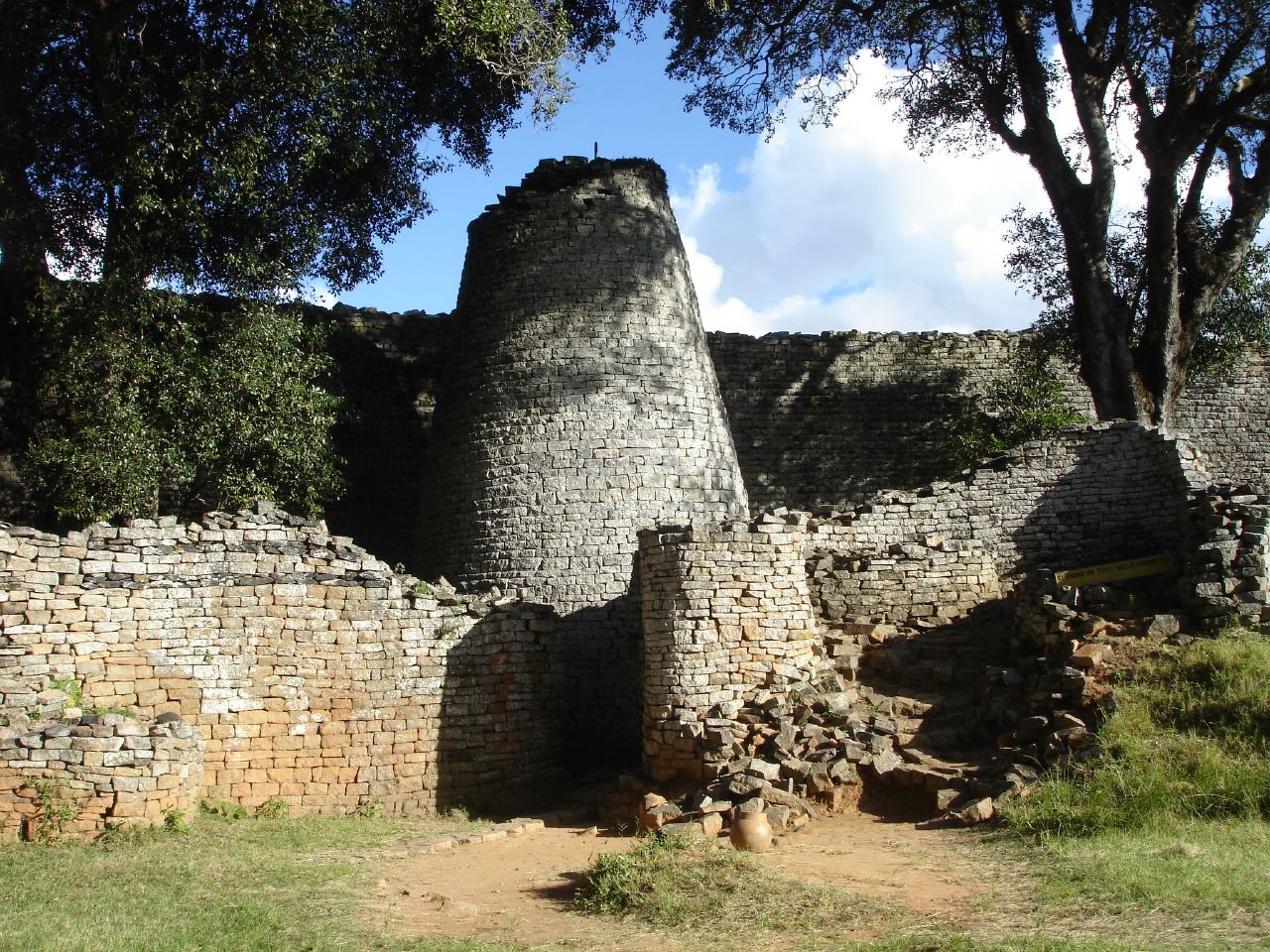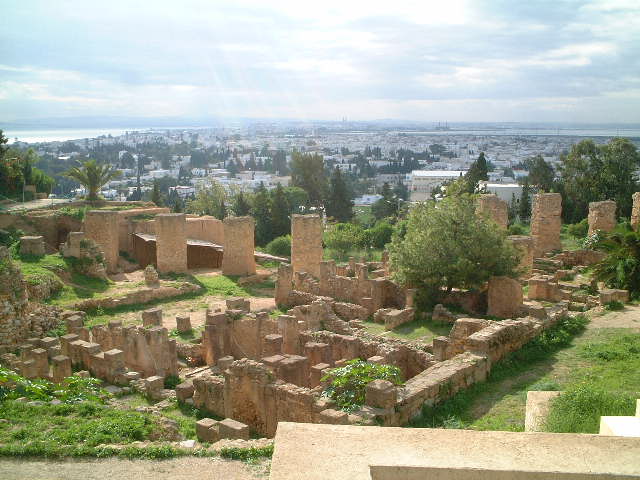Introduction
Some of the world’s most breathtaking historical sites can be found in Africa. The continent, known as the birthplace of civilization, is home to historical wonders, remarkable architectural achievements, and culturally significant locations that provide insight into the history of humanity. These iconic structures, which range from Ethiopia’s rock-hewn churches to Egypt’s pyramids, serve as reminders of Africa’s rich past and varied civilizations.
For a more interesting experience, this article walks you through ten of Africa’s most well-known historical sites in a countdown order.
10. South Africa’s Robben Island
Because of its involvement in the struggle against apartheid, Robben Island, which sits off the coast of Cape Town, is among Africa’s most important historical sites.
Table of Contents
Historical Importance
- Robben, Political Prison: Although the island has been utilized as a jail since the 17th century, Nelson Mandela’s 18-year imprisonment there during the apartheid era brought it international notoriety.
- Resistance Symbol: The island came to represent the fight against racial injustice and segregation.
- Site of UNESCO World Heritage: acknowledged for its historical significance in 1999.
Experience of Visitors
- Former inmate guides offer a perceptive glimpse into the brutal reality of apartheid life.
- Nelson Mandela spent years writing his autobiography, Long Walk to Freedom, in his cell, which is one of the most visited locations.

9. The Great Ruins of Zimbabwe (Zimbabwe)
The remnants of an ancient city that served as the capital of the Kingdom of Zimbabwe are known as the Great Zimbabwe Ruins.
Historical Importance
- It was the capital of a strong African empire and was constructed between the eleventh and fifteenth centuries.
- Amazing engineering talents were displayed by the construction of massive stone structures without the use of mortar.
- The city served as a center for cultural advancement, trade, and gold mining.
Experience of Visitors
- Discover the Great Enclosure, a huge round stone wall believed to be a royal home.
- Discover more about the national symbol, the Zimbabwe Bird, which can be discovered amid the ruins.

8. Egypt’s Valley of the Kings
The tombs of Egyptian pharaohs can be found in the Valley of the Kings, which is close to Luxor and is one of the most well-known archeological sites worldwide.
Historical Importance
- burial place for Egyptian kings and queens between the sixteenth and eleventh centuries BCE.
- Howard Carter’s 1922 discovery of Tutankhamun’s tomb is still regarded as one of the most significant archeological discoveries.
- To help pharaohs navigate the afterlife, these tombs were filled with wealth and intricate hieroglyphics.
Experience of Visitors
- Ramses II’s and Seti I’s ornate tombs are open for exploration by visitors.
- Nearby is Hatshepsut’s funerary temple, a magnificent architectural wonder.
7. Ethiopia’s Lalibela Rock-Hewn Churches
One of Ethiopia’s most remarkable historical and religious sites is the Rock-Hewn Churches of Lalibela.
Historical Importance
- During King Lalibela’s reign in the 12th century, it was carved straight into the rock.
- consists of eleven interrelated churches, each with its own distinctive style and religious meaning.
- Regarded as the New Ethiopian Christians in Jerusalem.
Experience of Visitors
- The most well-known church is the cross-shaped Bete Giyorgis (Church of St. George), which is notable for its flawless symmetry.
- See how old religious rites are still performed today.

6. Tunisia’s Carthaginian Ruins
One of the most potent ancient civilizations in the Mediterranean is represented by the Carthaginian Ruins.
Historical Importance
- Carthage was a powerful maritime nation that was founded by the Phoenicians in the ninth century BCE.
- During the Punic Wars (146 BCE), Rome destroyed the city, but it was eventually restored as a part of the Roman Empire.
- renowned for its conflict with one of history’s greatest military commanders, Hannibal.
Experience of Visitors
- Discover the remnants of historic Roman baths, temples, and harbors.
- Byrsa Hill The museum offers more in-depth information about Roman and Carthaginian history.

5. The Algiers Kasbah (Algeria)
Algeria’s rich history and distinctive Islamic architecture are on display at the old fortification known as the Kasbah of Algiers.
Historical Importance
- An ancient Ottoman site that is designated by UNESCO.
- a tangle of winding streets lined with traditional homes, mosques, and old palaces.
- contributed to Algeria’s 20th-century struggle for independence from France.
Experience of Visitors
- Explore the maze-like lanes and get a taste of real Algerian culture.
- See the magnificent fusion of Ottoman and Moorish architecture in the Ketchaoua Mosque.
4. The Mali Timbuktu Manuscripts
In the past, Timbuktu was a bustling hub for trade and intellectual activity in West Africa.
Historical Importance
- a center for Islamic trade and scholarship from the 14th to the 16th centuries.
- The Timbuktu Manuscripts, which are ancient writings on science, astronomy, and medicine, are kept there.
- Two important landmarks from this era are the Sankore Mosque and the Djingareyber Mosque.
Experience of Visitors
- See the hundreds of old manuscripts that are preserved in the Ahmed Baba Institute.
- Examine the mosques made of mud and brick that serve as historical landmarks.
3. The El Djem Amphitheatre in Tunisia
Among the best preserved in the world is this enormous Roman amphitheater.
Historical Importance
- It was constructed in the third century CE and has space for 35,000 spectators.
- acted as a venue for public entertainment and gladiator bouts.
- illustrates the impact of Rome on North Africa.
Experience of Visitors
- Explore the gladiatorial passageways below ground.
- For stunning views of the historic building, ascend to the upper levels.
2. Djenné’s Great Mosque (Mali)
The Great The largest mud-brick structure in the world is the Mosque of Djenné.
Historical Importance
- It was constructed in 1907, but it was originally a 13th-century mosque.
- An architectural wonder from the Sudano-Sahelian region.
- essential to Djenné’s function as a hub for historical trade and education.
Experience of Visitors
- Visit when the mosque’s structure is being repaired by people during the yearly plastering festival.
- Discover the nearby historic city of Djenné, which is among the oldest communities in Africa.
1. Egypt’s Pyramids at Giza
One of the Seven Wonders of the Ancient World and the most well-known historical site in Africa are the Pyramids of Giza.
Historical Importance
- These buildings have endured since they were constructed more than 4,500 years ago.
- The biggest and most enigmatic is the Great Pyramid of Khufu.
- functioned as graves for pharaohs and representations of Egyptian authority.
Experience of Visitors
- Explore the interior of the Great Pyramid by going inside.
- Admire the enormous limestone statue known as the Great Sphinx.
- Take in the light and sound show that makes history come to life.
In conclusion
Africa is a historical, cultural, and architecturally stunning continent. These ten historical sites highlight African civilizations’ inventiveness, tenacity, and creative accomplishments.
These places provide a glimpse into the past that continues to inspire generations, whether of your interest in the mysteries of the pyramids, the spiritual depth of Lalibela, or the cultural legacy of Timbuktu.
Top 10 Lists of the people, things, places, most expensive, animals, most popular, luxury and high rankings of world. World's Top Insider focuses on the top ten lists of best, greatest and top rankings in the world.


